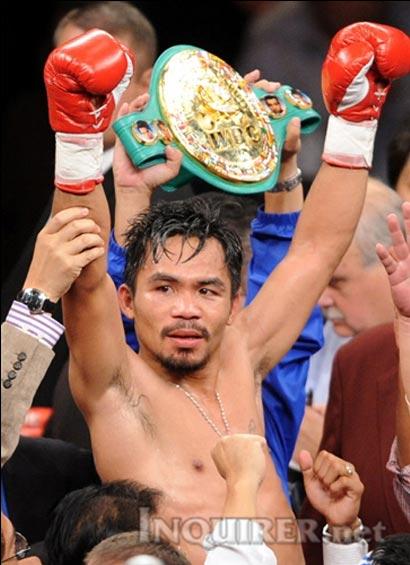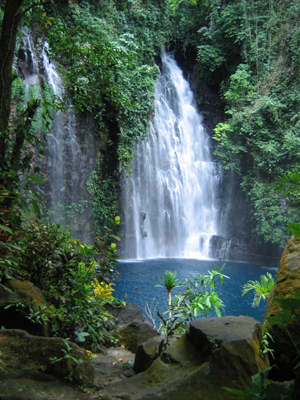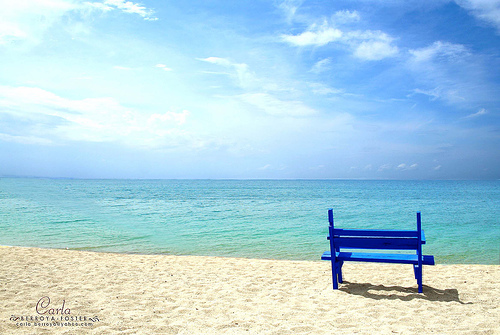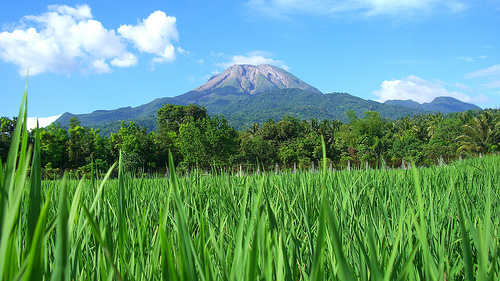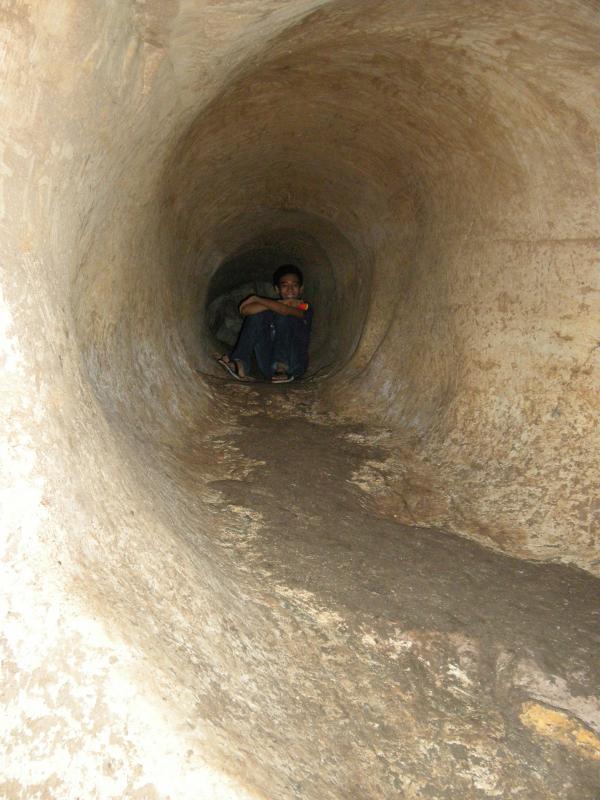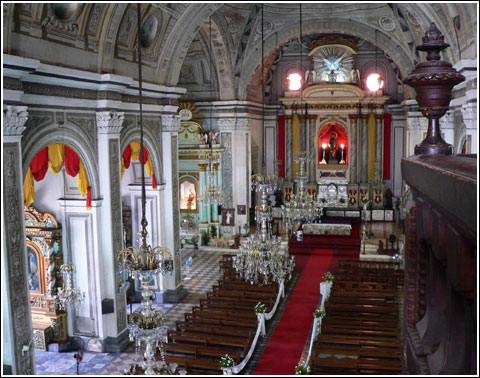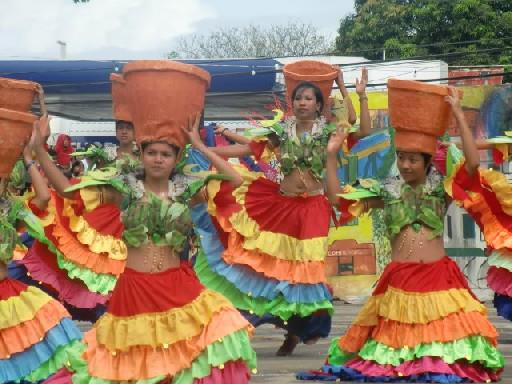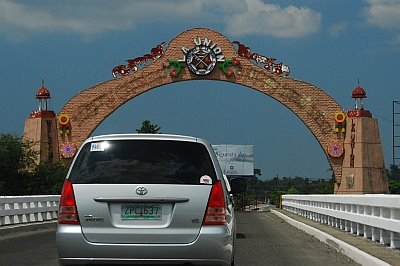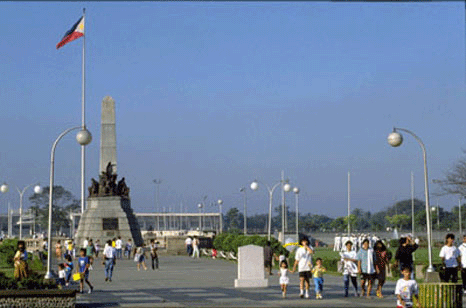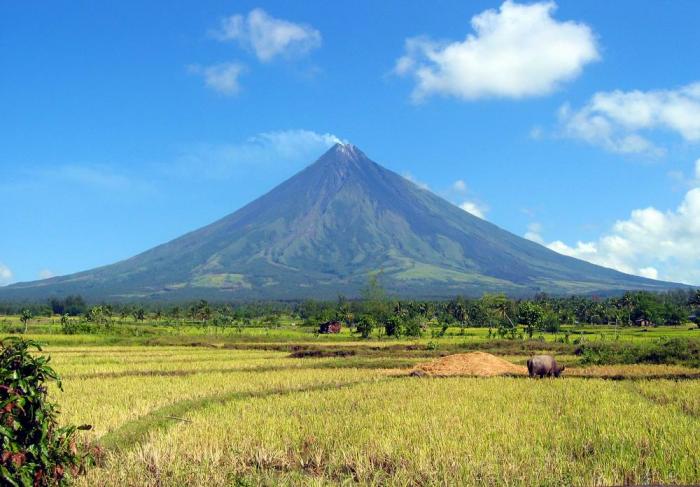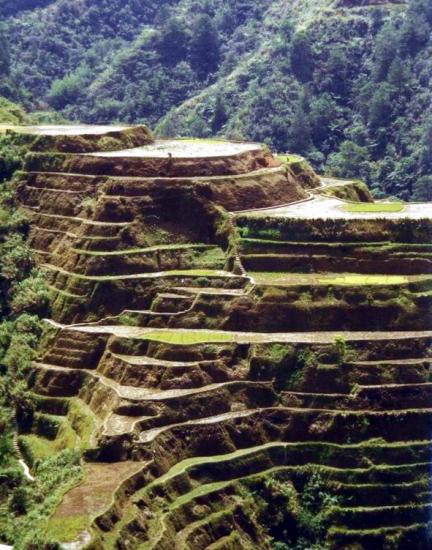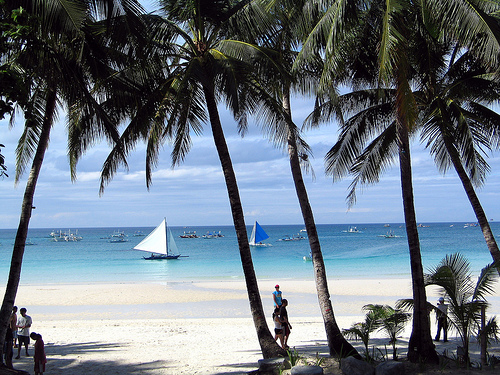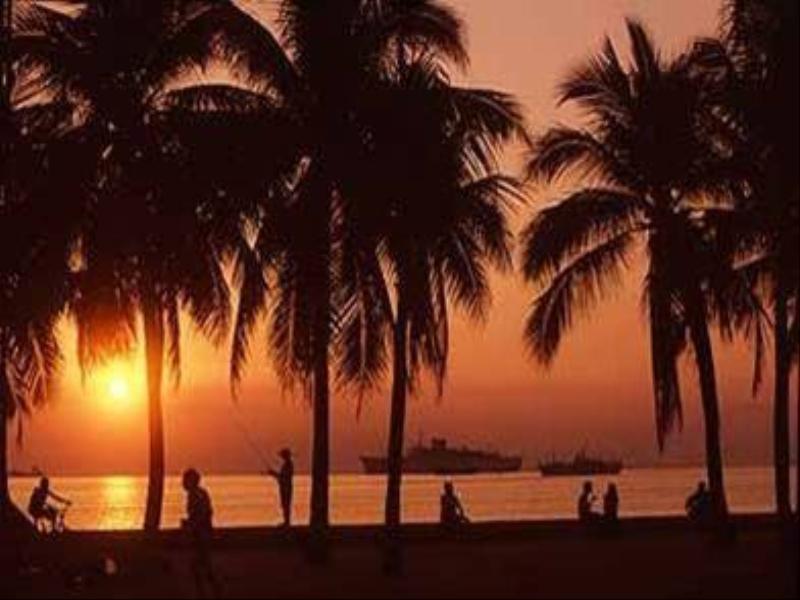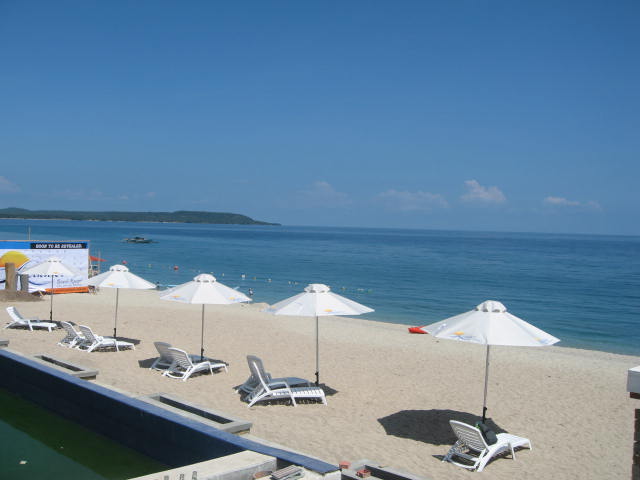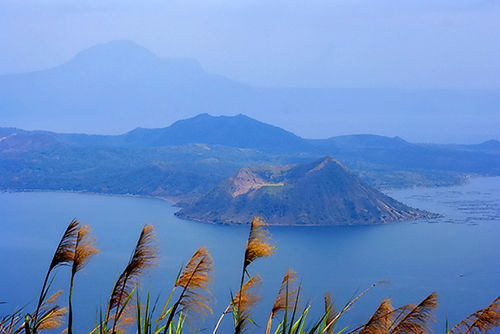LA UNION PROVINCE
La Union (literally: The Union), (Ilokano: Probinsya ti La Union, Filipino: Lalawigan ng La Union, Pangasinan: Luyag na La Union), is a province of the Philippines located in the Ilocos Region or Region 1 in Luzon, whose capital is San Fernando City and borders Ilocos Sur to the north, Benguet to the east, and Pangasinan to the south. To the west of La Union is the South China Sea. – wikipedia.org
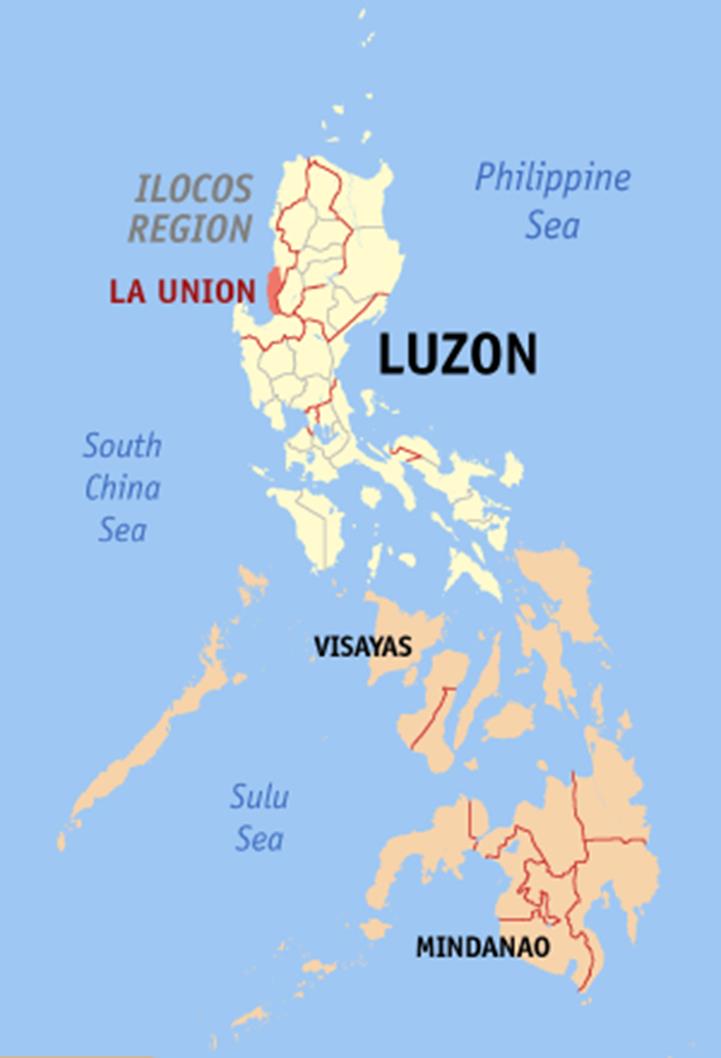 By Eugene Alvin Villar (seav) – English Wikipedia, CC BY-SA 3.0, https://commons.wikimedia.org/w/index.php?curid=268396
By Eugene Alvin Villar (seav) – English Wikipedia, CC BY-SA 3.0, https://commons.wikimedia.org/w/index.php?curid=268396
La Union was carved from the nine towns of Pangasinan, three of Ilocos Sur and villages of the Eastern Pais del Igorotes in the Cordilleras. It was formally created by a Royal Decree issued by Queen Isabela of Spain on April 18, 1854. The name La Union indicates the union of towns from different provinces.
Spanish colonizers saw a thriving community when they arrived in La Union in 1572. The area was then a dynamic trading center especially for gold for Japanese and Chinese merchants.
The Augustinians were the first missionaries to build towns along the coast and converted the residents to Christians. The region became a base for the Spanish colonizers to exploit the gold mines in the uplands. In 1661, Andres Malong of Pangasinan tried to snatch La Union from the Spaniards but was later defeated at Agoo.
In the late 1700s, Ilocano immigrants moved to the region to look for greener pastures thus becoming the majority.
Modern La Union
Presently, La Union is still “young” when compared to older provinces such as Pangasinan, Ilocos Sur, Ilocos Norte, Pampanga, Cebu and Cavite. It is a class – A, progressive and developing province. Its 155 years of existence since 1850 testifies to reality of the original vision — a province geared towards peace, prosperity, growth and development. The original “dozen” towns have grown to 19 municipalities and a city. The additional eight are: Santol, San Gabriel, Bagulin, Burgos, Pugo, Tubao, Rosario and Sudipen. Although the rate of economic progress has been noticeable faster in the coastal towns, the interior towns have coped with the pace. The network of modern infrastructure has contributed to the present progressive condition in agriculture, commerce and industry. In the late 1990’s, the national leadership declared La Union as one of the archipelago’s 12 regional industrial centers.
Beach Fever
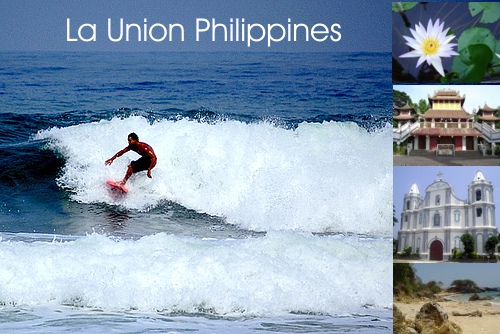
Photo from: dentistphilippines.webs.com
Since the advent of martial law in 1972, La Union has all the more progressed markedly. In commerce, merchants visit and trade from neighboring provinces. Every town has a “tienda” day. Aside from rice and tobacco, the inhabitants grow cotton, silk coconuts, cacao, mangoes and vegetables. The prime commercial and savings banks have their branches in San Fernando. The Central Bank of the Philippines has built its regional office thereat. Tourists are lured by the alluring beaches especially during the weekends. Thus, more new resort areas have mushroomed along the sandy beaches between Bauang and San Fernando. Filipinos have caught up the “beach fever”. Nestled in one of the environment-friendly hills of the city of San Fernando is the home of the only botanical gardens north of Metro Manila. The other tourist-getting spots is the Pindangan ruins and Poro Point in the southern portion of the city. – Source: launion.gov.ph
La Union as International Favorite
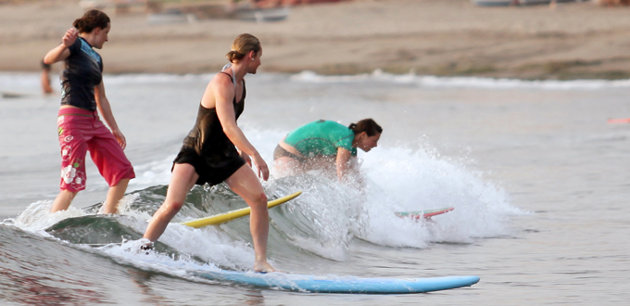 Photo from: ph.news.yahoo.com
Photo from: ph.news.yahoo.com
You get consistent surf year-round in La Union, Philippines, but if you like the waves at their strongest and highest, pick anytime from July to February.
La Union is flanked by Ilocos Norte and Ilocos Sur in the North and Pangasinan in the south. Although La Union used to be mainly a jump off point to Vigan, Ilocos Sur or the Hundred Islands of Pangasinan, it is now getting its share of the tourist market, thanks to surfing.
La Union’s history told of Japanese, Chinese and Moro pirates invading its shore and leaving a trail of destruction. Pindangan Church Ruins in the City of San Fernando is testament to this. When the pirates came to Pindangan (Ilocano term that means a place where meats are salted and hung to dry) sometime in the 1800s, they pillaged the place and burned down the church, built in 1764. What remains of the church now are the brick walls, the flying buttresses and an old well made of corals and bricks right by the left wing of the church. – Source: ph.news.yahoo.com
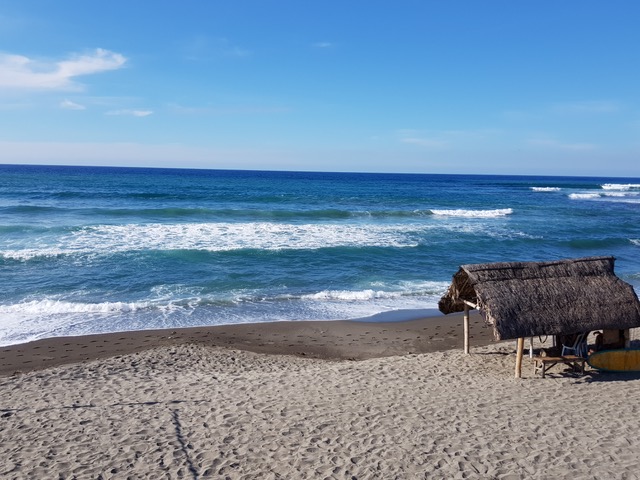 Photo from: http://bernicefonte.com/a-chill-trip-to-la-union/
Photo from: http://bernicefonte.com/a-chill-trip-to-la-union/
TABLE OF CONTENTS
The “Beach Fever” Province of La Union
Where is La Union and How to Get There
Interesting Tourist Spots in La Union
Other Visitors Also Viewed:
Palani Beach Boasts of a 10 Km-Long White Sand Beach
San Isidro Labrador / Pahiyas Festival in Quezon
Colorful and Exciting Festivals in Nueva Ecija
Top Tourist Destinations in Aklan
Embajada Festival – a Re-Enactment of Christianization
Bird Watching at the Olango Wildlife Sanctuary
The Small Paradise in Agho Island in Iloilo
Sugbo Festival Honors the Humble Tiger Grass
Kabila / Kibila White Beach is Famous for Diving and Snorkeling
The Unspoiled Beauty of Aroroy Beach
Aurora Is Host to Philippine Surfing Cups
